-
Posts
809 -
Joined
-
Last visited
Content Type
Profiles
Forums
Blogs
Gallery
Events
Store
Posts posted by Yankee
-
-
1 hour ago, Igor Ostapenko said:
wash soap with a brush, place a copper medal in a Coca-Cola for 25-30 minutes, silver for an hour, then rinse with water and dry with a napkin
( you can try with simple medals )
I thought Coca Cola was only used to clean car engines and pizza restaurants. Good idea to experiment on something of less value.
0 -
4 hours ago, Igor Ostapenko said:
Hi Igor
I too noticed the dirt for the first time. I can only think of the high humidity that I live in that would cause this build up. I don't like to disturb medals in trying to clean them, perhaps make it worse. I had no idea that it was rare.
1 hour ago, ilieff said:Yankee, is this your medal? It's a very rare one indeed. I haven't seen such an example in person but by the photos I came across, all the silver medals of this type are really worn out and/or with lots of patina on them. This makes me think that the material is not pure silver (if silver at all). Are you able to prove this? Are there any markings on the medal?
Hi ilieff
I bought it about a decade ago, from a Bulgarian dealer. The reason why I purchased it was the high relief and crisp details that struck me. I believe it is silver and appeared to be in mint condition. Now it is heavily tarnished which I suspect must be from the humidity. I did not see any hallmarks. Any idea how many were awarded?
0 -
-
-
3 hours ago, Graf said:
Hi Yankee,
I have the answer of your questions regarding the rare 4th Class Orders you started the topic 10 years ago.
Both are French made Material Silver very likely maker according to an expert is Firm Kretly Paris
here are pictures you can see very clearly the French mark for Silver "boar head"\
On one of your pictures you posted with the other rare model of this $th Class you can see the same mark on exactly the same place- the mark is upside down but is clear "boar head" (Post #13)
igor Ostapenko was spot on with his guess that is French made
Hi Graf
Can't believe it's been ten years, glade were both around. As I recall mine has a lozenge too. Mine is not made by Kretly. The jeweler is Chobillon did arts and craft as well. BTW your example is splendid. Your lozenge looks to be on the lower right ring.
0 -
8 hours ago, ilieff said:
Yankee,
The recipient was Prince Alexander I
The two badges you're enquiring are perhaps the Russian St. George and the Order of the Bath.
Hi iliieff
Thanks for that. Seeing the Hessian pieces should have figured the connection. That is most unique to see a bath on a foreign bar. I wonder if the bar had been restored to some extent for the ribbon on the Saint George is not accurate.
0 -
-
Hi ilieff
If the award case is not contemporary than really good chance it is the same medal. Unfortunately the auction house produced a black & white however the fold on the ribbon (reverse) has a slight angle and as you clearly noted same thread stitch on the reverse ribbon hook. As I recall the silver crowns have no enamel insert. I'm curious if the gold ones too were struck without enamel. Or if customary for the solid gold examples to have enamel placed in the crown.
0 -
-
Hi Dave
Never imagined to be reading a German obituary. To read his life and see him up close allows us to appreciate his achievements. Thanks for completing the puzzle to a respected man and his bar.
Sincerely
Brian
0 -
17 hours ago, Graf said:
Hi
With a risk to put oil into the fire Do not forget that the main occupation of the owner of eMedals has jeweler
He run successful jewellery business before started selling Military stuff
I also found very similar repair patterns in the enamel especially on the top of the right arm on the picture #44
it cannot be coincidence such identical repair on two extremely rare models surfacing on the market in a very short time
I might be wrong
I have seen over the years some items being sold and re-sold over and over aging with signs of small or big improvements
Here is another early model sold by eMedals recently after being offered not long ago by a German dealer
Those are the pictures from the German dealer site, which i was lucky to copy before the Order was sold and then appeared on eMedals site ..and sold again.
Here are the pictures of this Model re-sold by eMedals
as A Napoleonic Period Swedish Order of the Sword in Gold c.1815 -
That is sobering, flip side is now we know where to take our damaged pieces for fine restoration. If being conducted by dealer should be mentioned as such in description. An excellent restoration job should have no impact on price. I've seen to my horror enamel jobs botched, better it was never touched and left in its natural decayed state or give the item into the hands of an expert to restore as when issued. What perplexes me is If we assume that early Sword has been restored why than partially. Why allow that horrible clearly visible enamel to remain that can be easily fixed to its former glory at a fraction of the price of fabrication. Remember white is the cheapest and easiest of all enamel restoration.
0 -
Just occur to myself to come across two of these early models in such close proximity of being offered for sale and not seeing any in decades prior is odd. Maybe one of a kind and you guys are correct? Any collectors have images to share of the very early type?
0 -
1 hour ago, Trooper_D said:
I'm certain of it, Christian. Even though the image in the auction catalogue isn't the best, by exaggerating the tones, it is possible to see most of the enamel damage on the eMedals example, as is apparent in the attached comparison. This is most obvious on the 'S' on its side shaped edge of the repair work on the upper right arm of the cross.
Gentlemen to fabricate the missing parts to an exact match and not showing the slightest sign of restoration repair on something so small and delicate including the hinge would be the work of a genius. Good collecting always.
0 -
1 hour ago, Trooper_D said:
Hi Yankee.
I am not sure how what you write contradicts Christian's observation. Could you, perhaps, expand, please?
It is not just the enamel damage which Christian has ringed which is the same, I can spot perhaps five or six other commonalities, including the 'spot' under the right hilt, which is evident in the earlier black & white photo (but is covered by the red ring in Christian's comparison).
I would be interested in hearing your further thoughts.
Hi Trooper_D
Refer you to EUROPAISCHE ORDEN AB 1700 KATALOG OHNE DEUTSCHLAND
ARNHAND GRAF KLENAU.
That same piece was recently in the Benimerenti Auction #9 lot 550.
One can clearly observe the left hilt is missing from both images.
0 -
Hi Christian
Thank you for pointing out the striking similarities in the enamel however it is a coincidence. The picture came from Graf Klenau 1978 Orders guide book without Germany. Interesting is that the same badge came up for Auction in a benemerenti.de about 2 years ago also missing the hilt.
0 -
Regardless of those small differences both of them look from the same period
When I listed the eMedals piece i did not mean that it was exactly the same as the one shown earlier in the thread
i did mean that the piece is the same model from the Napoleon period
Graf
Hi Graf
I know what you meant just glade you posted that better pictured example for others to see.
A different conclusion on post 34, unfortunately the black & white scan is not very sharp.
0 -
Except the left hilt is missing & attachment twisted to crown.
0 -
It seems what you have discovered is a skilled and thoughtful forger. This thread is most informative for any stage of collecting. Let us hope he or she is not
 faking those Bulgarian/Turkish War bars that is seen from time to time. Good collecting.
0
faking those Bulgarian/Turkish War bars that is seen from time to time. Good collecting.
0 -
Hello Gentlemen
On post 133 might be a genuine inscription. The Germans referred to 2nd class (star) sets "star to the commander". This was engraved obviously by a German speaking country and the jeweler didn't know the proper wording I suspect & the owner might have caught the mistake after the work was completed and was OK with it.. The crossed swords (engraved) are neatly placed just don't think a forger would give himself extra work. With fakes exploding in the Bulgarian market can understand almost all being suspect....
0 -
Hi Graf
Looks much better in color. Post 19 example has a broken hinge so we know its not the same piece. I've seen only two of this type in the dozen or so years to give you an idea of just how rare they are. There is a fine Swedish Auction site that occasionally offers some old Orders & Medals that you might like to view probusauktioner.se
Sincerely
Yankee
0 -
Hi Megan
Have you any idea who the jeweler was for that long run in time. Have you any sketches or fotos from the inception of badge and post WWll to compare. Maybe some subtle differences over the 100 plus years & perhaps we can date Graf's piece.
Hi Graf
Most likely to somebody from France or one of the Italian States. Have never seen an award document from the 2nd Empire era or a case too from that period. Sure am curious.
Yankee
0 -
Hi Graf
The style of crown suspension & swds being visible on reverse is not common. Perhaps it could be attributed to a certain date but without award documents or period fotos that would be a hard one to date. Your example is very striking. I find Swords having finials to be of later manufacture. Foto of an 1860 era with the ribbon dating from the 2nd Empire.
Sincerely
Yankee
0 -
56 minutes ago, GlennC said:
Thank you for your reply. I have been told it was Franco-Prussian war period piece. But if it's earlier decoration it is even better. Do you have information on how many Knight orders were issued during that period.
It could have been a reissue for the 1870/71 War. They are rare in any grade.
1807 Knight 64
1808 Knight 32
1809 Knight 168
1810 Knight 51
1811 Knight 17
1812 Knight 86
1813 Knight 94
1815 Knight 4
1816 Knight 6
Hope this helps, unfortunately not too many have survived.
0 -
1 hour ago, GlennC said:
Hi GlennC
For 1870 GC 4, Commander 1st class 3, Commander 2nd class 4 & Knight 90
1871 Commander 1st class 3, Commander 2nd class 2 & Knight 26
The example looks to be from 1807-15
0




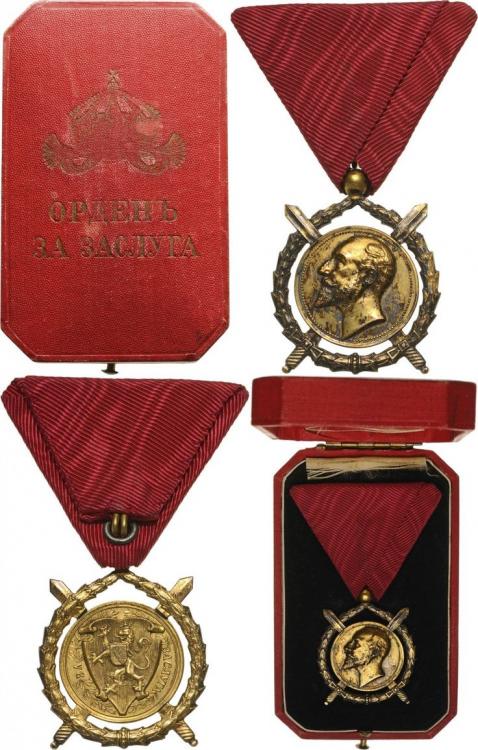


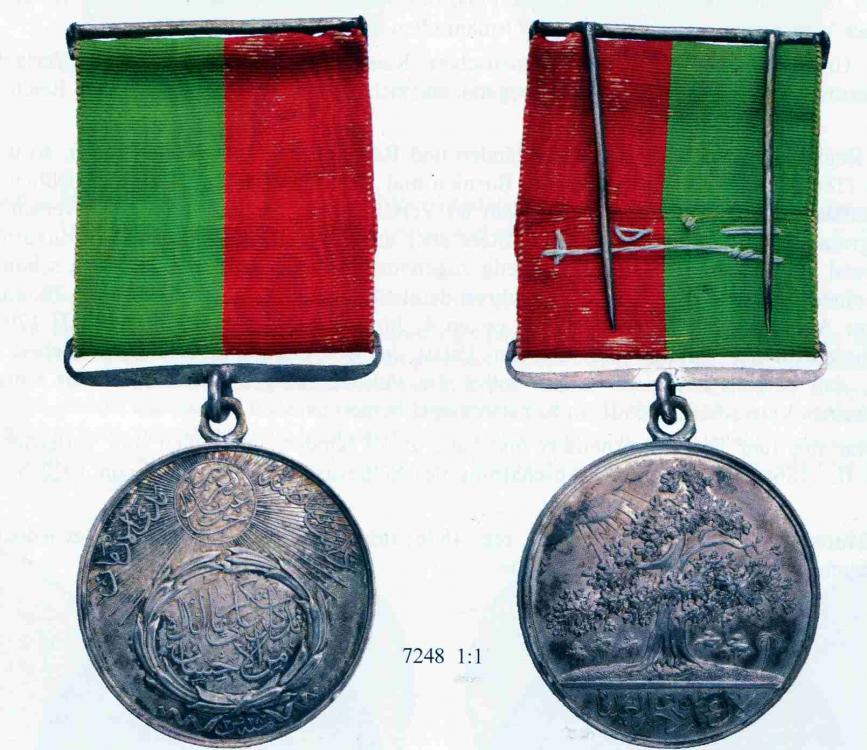
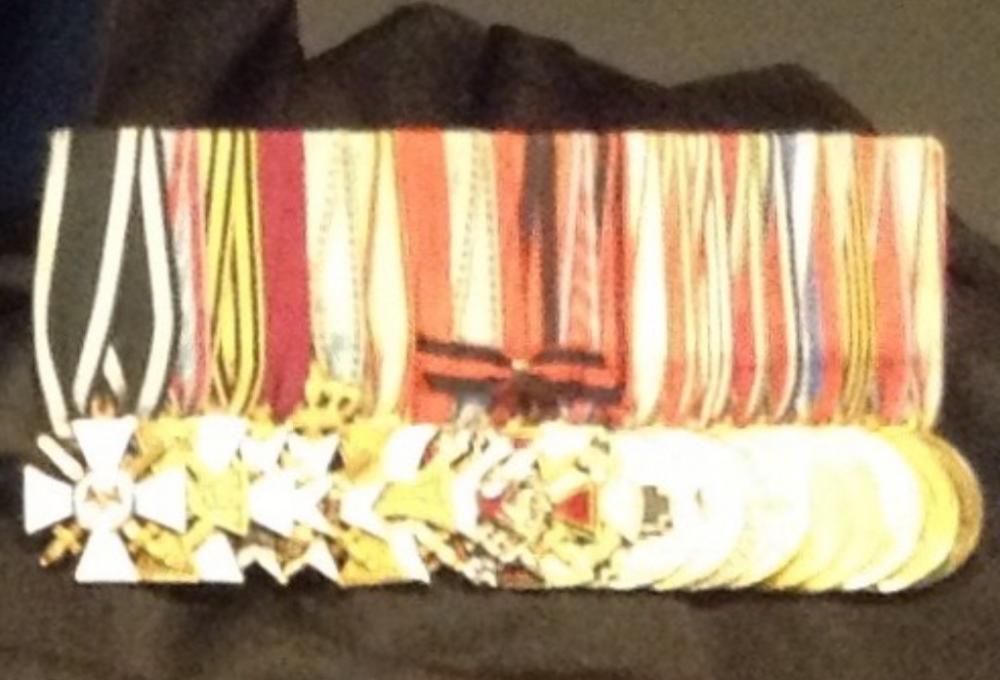
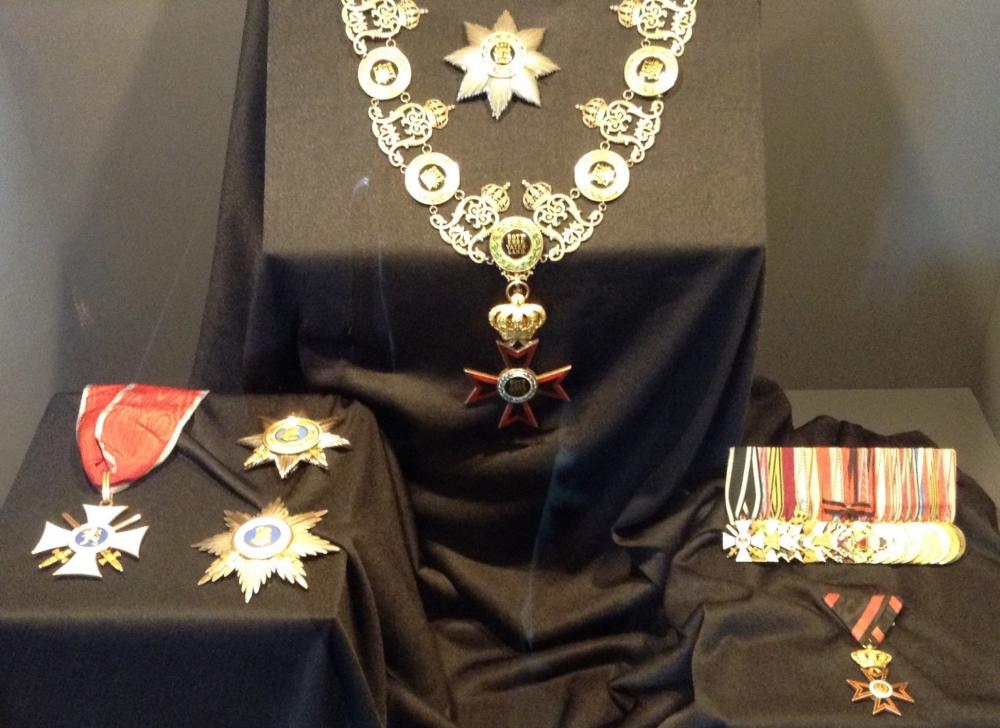
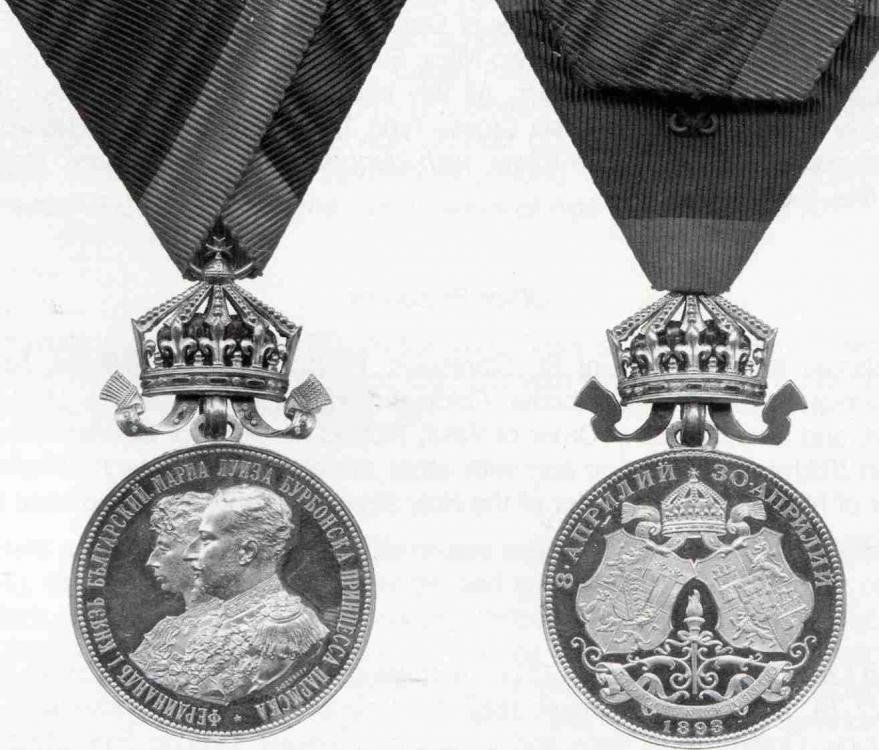

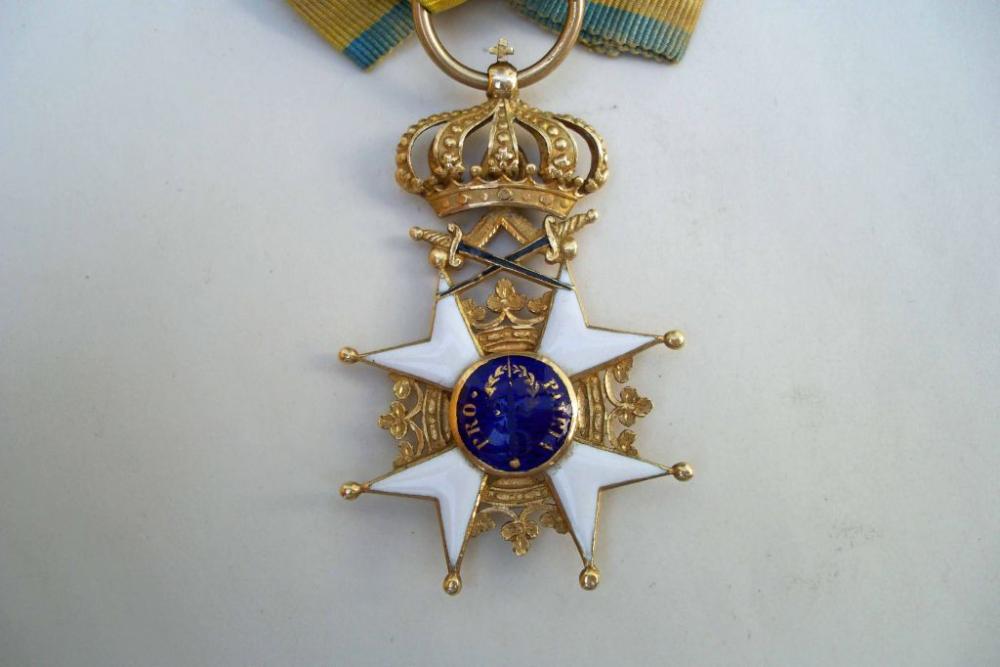
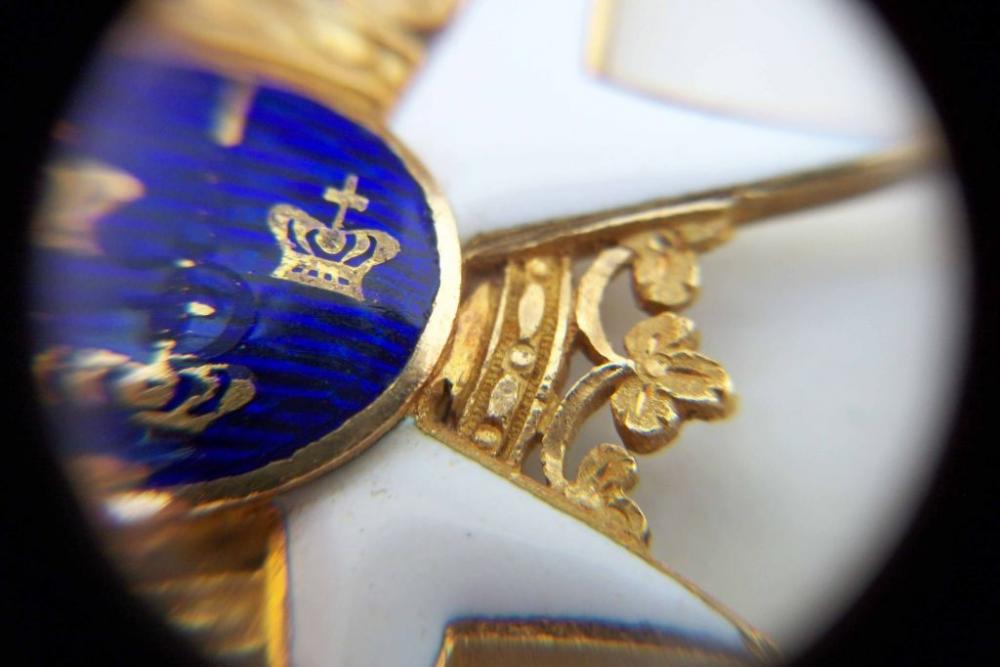
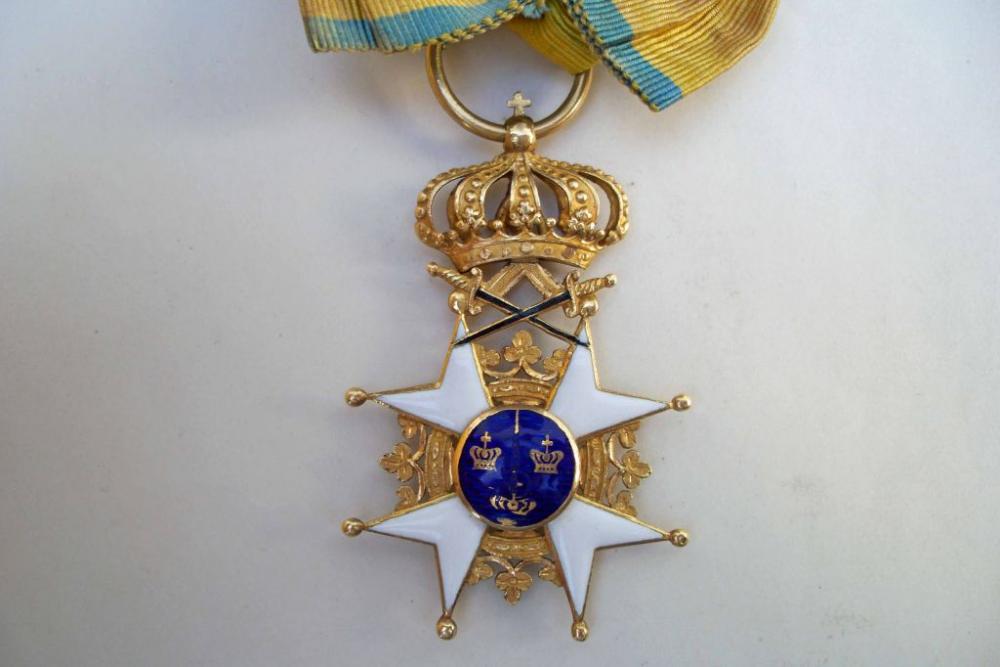

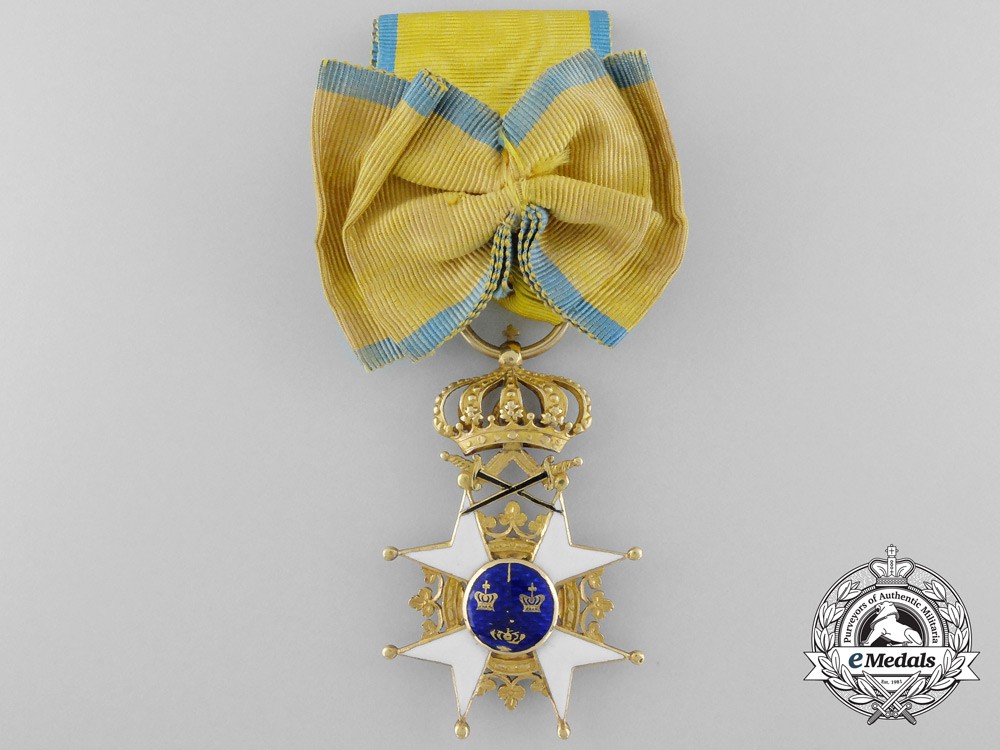
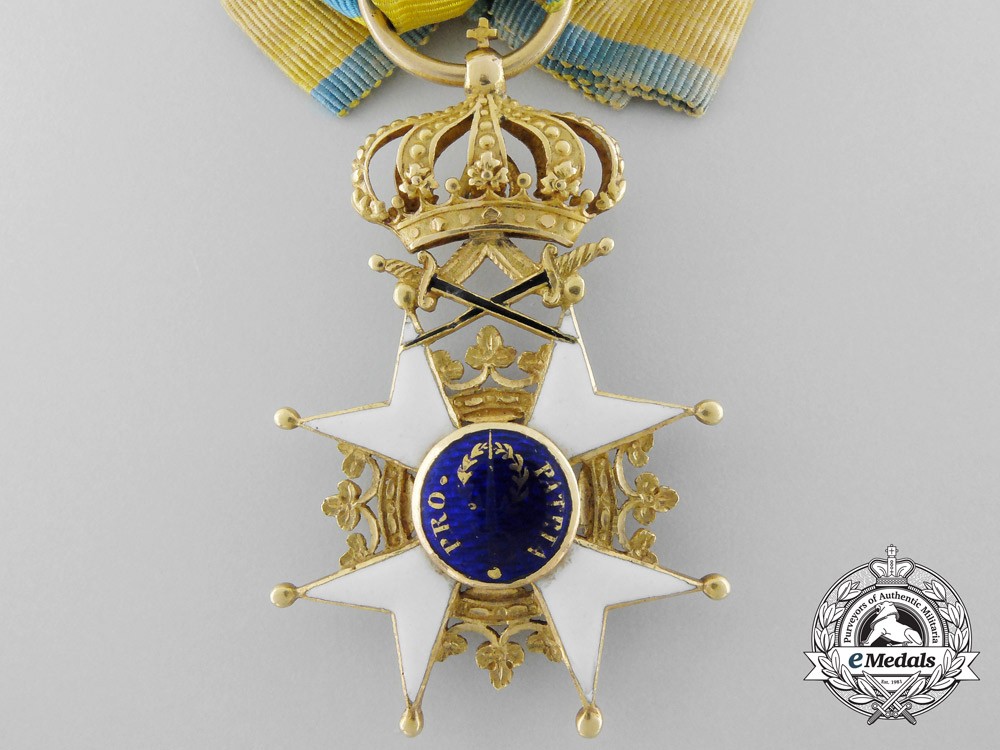
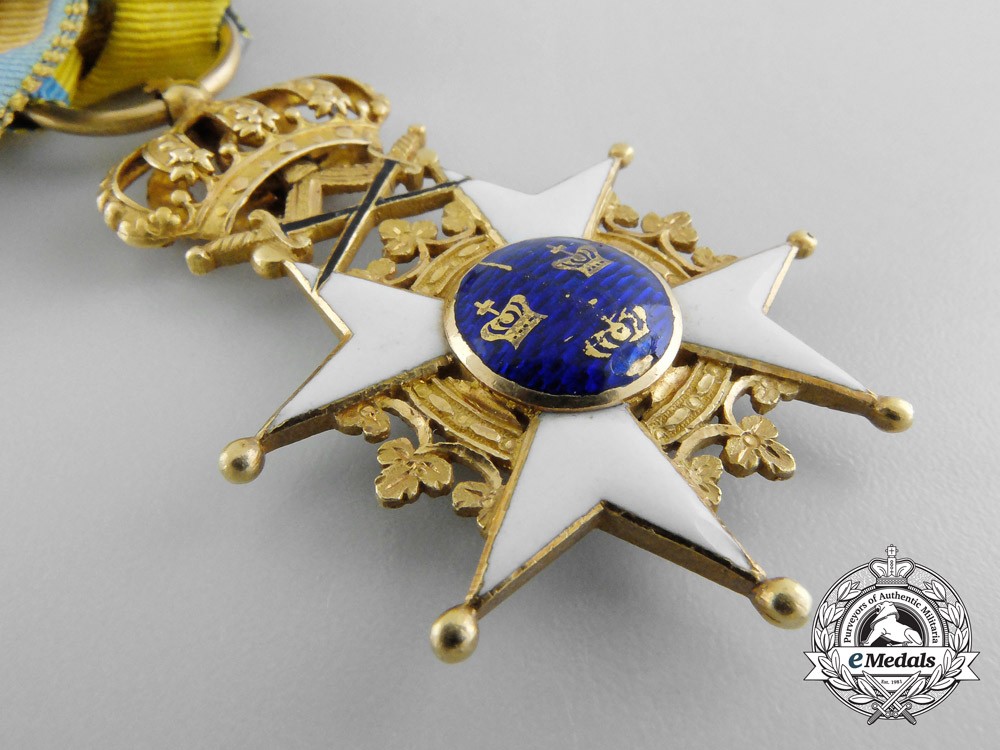

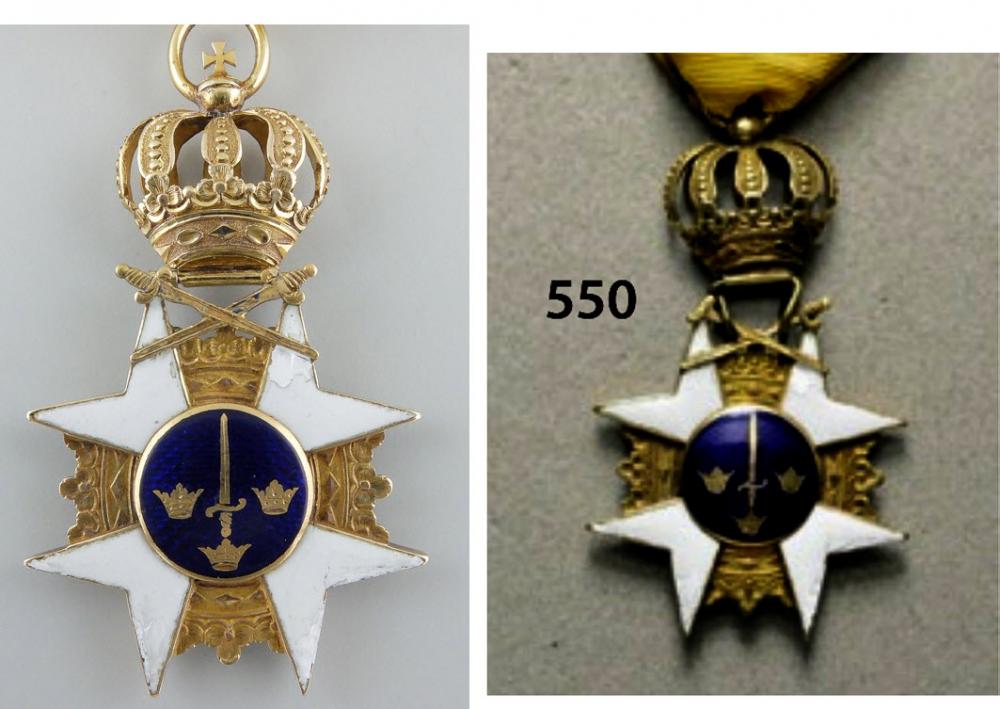
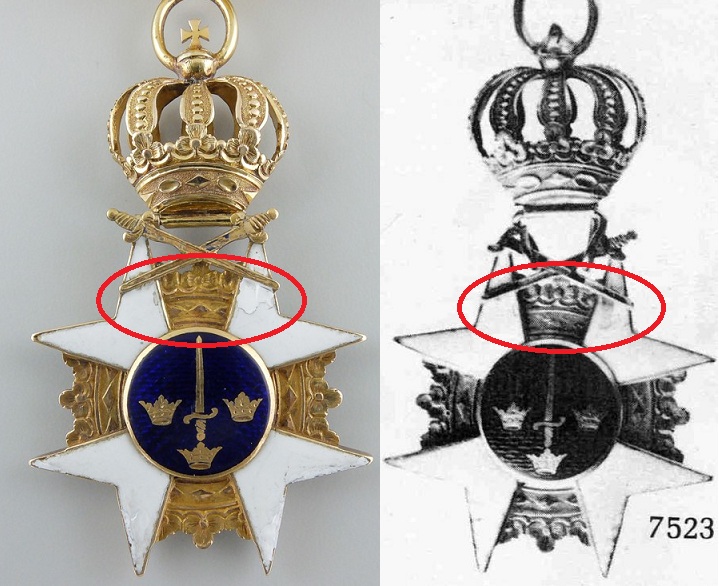

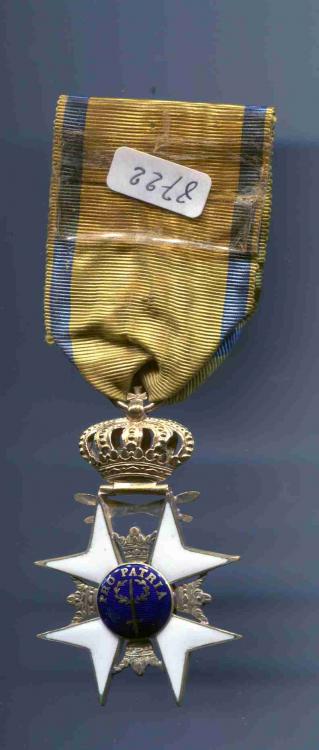

Bulgaria Medal for Merit and Order for Merit
in Central & Eastern European States
Posted
Right you are. Used cotton swabs a much safer route with excellent results